What is love?
Philosophers have debated this question for eons.
They divide love into three forms: eros, the passionate, intense desire; philia, a fondness and appreciation for others; and agape, the love of God and humanity.
Even scientists can’t explain Love.
You can’t blame gravity for falling in love.
—Albert Einstein.
On Valentine’s Day, many thoughts turn to romance.
Historians believe “romance” referred to the artistic expressions of elite classes—in particular, their style of speech, writing, and art.
In French, it means “verse narrative”, and in Latin, “of the Roman style.”
We think of it today as a feeling of excitement and mystery associated with love.
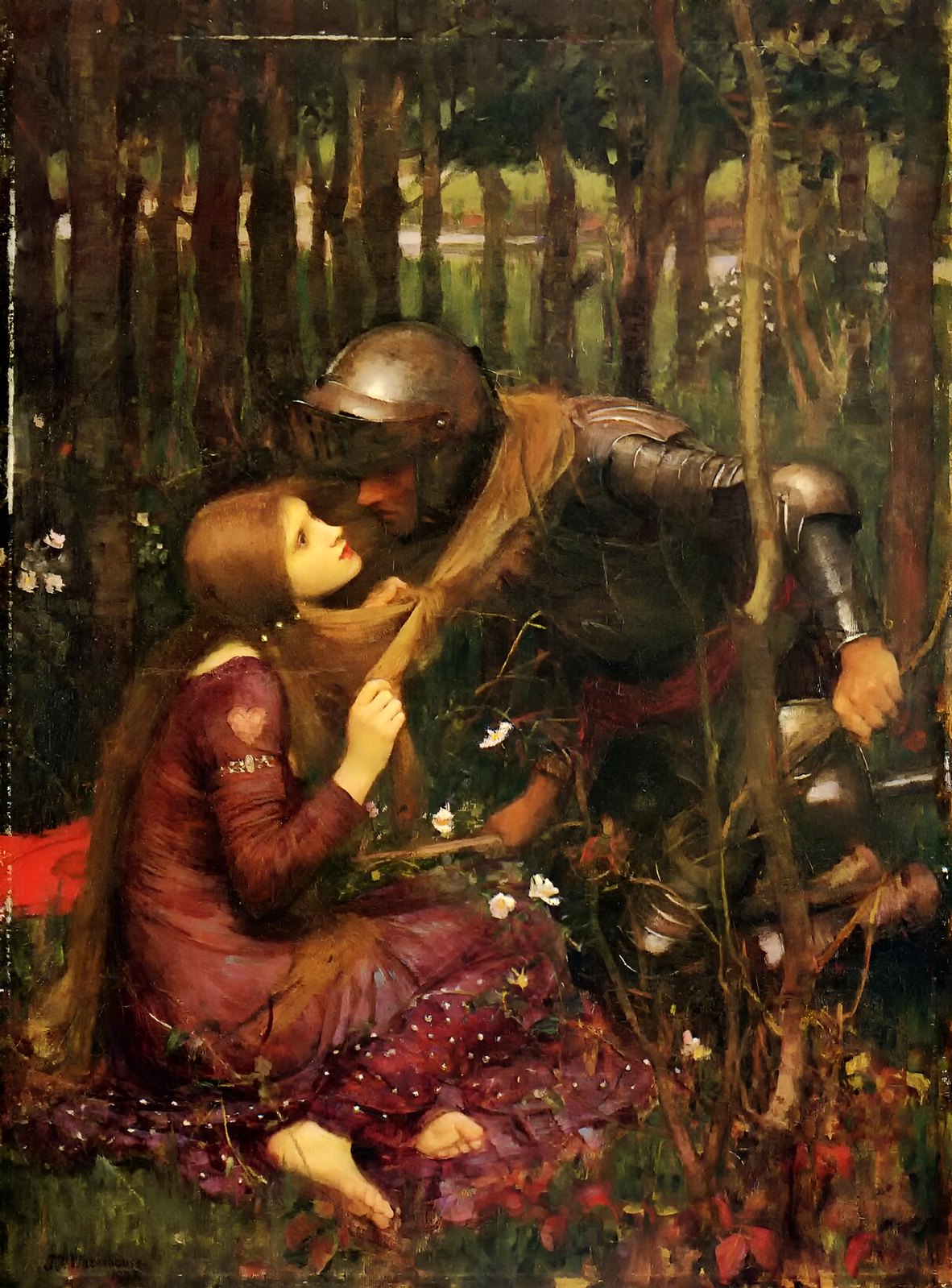
There’s a reason we associate medieval chivalry with romance. Chivalric romance is a type of prose used in European aristocratic circles during the middle ages. It featured the adventures of heroic knights with an emphasis on courtly love.
A highly ritualized, non-physical bond formed between a knight and the lady he served. It was part of a complex moral code of conduct that guided knights as champions of the oppressed, and loyal subjects of their Lord.
Oh, if it be to choose and call thee mine, love, thou art every day my Valentine.
—Thomas Hood.

Today, even the word medieval evokes romantic images of knights, fair maidens, and dragons.
British sociologist and author Anthony Giddens thinks that the rise of romantic love coincided with the advent of the novel. It began to make its presence felt from around the late 18th century.
In a world where elite classes entered into contracts of marriage for economic and social reasons, the idea of romantic love, of the freedom to fall in love as we do today, was for many, just a dream … but a dream that could be brought to life through novels.
You must allow me to tell you how ardently I admire and love you.
—Mr Darcy.
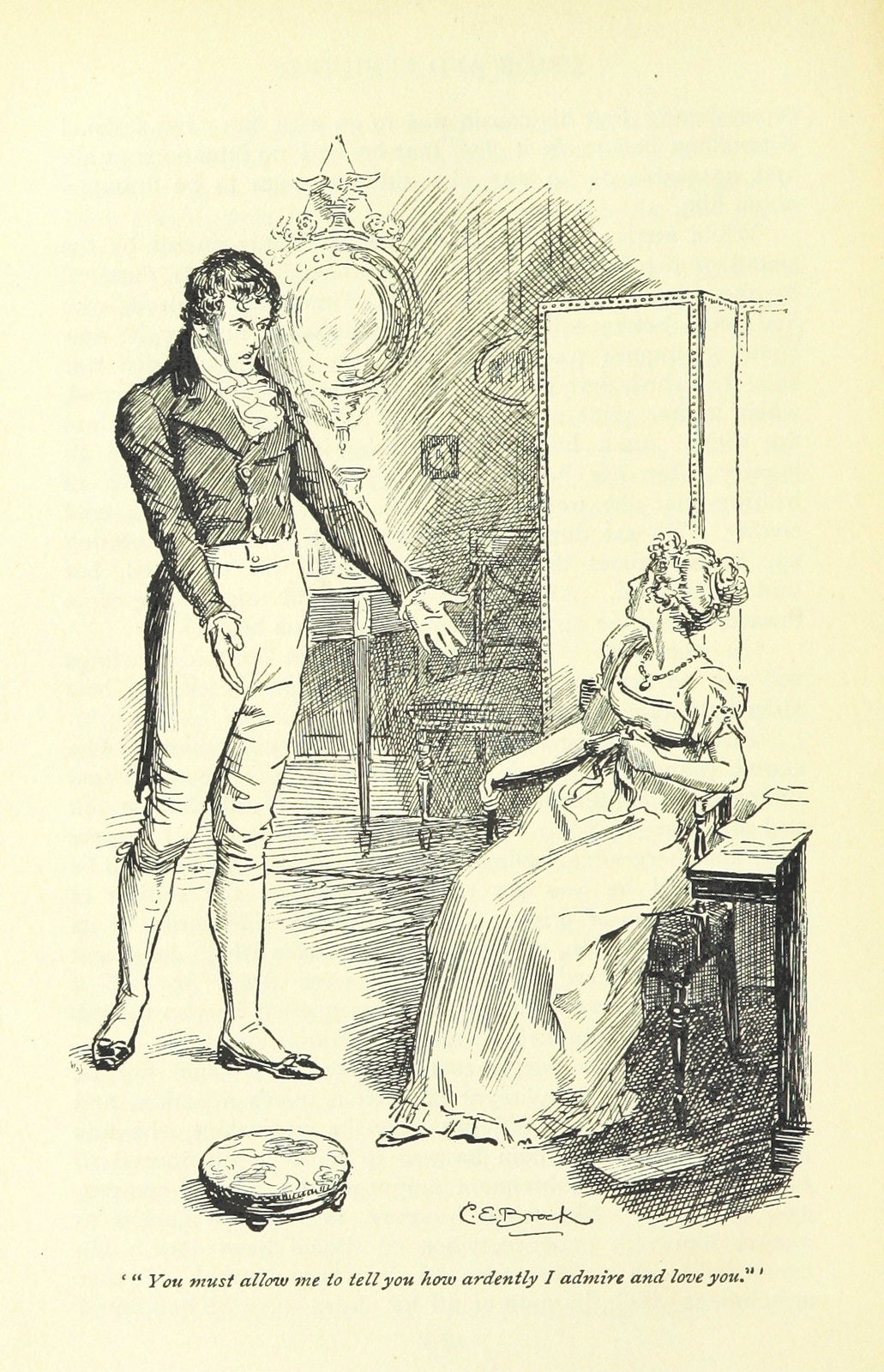
An admiring glance, a stolen kiss, a walk by the river, the first embrace. Romantic love abounds in the art of the 18th and 19th centuries.
Enjoy these paintings to Henri Mancini’s Love Theme from Romeo and Juliet.
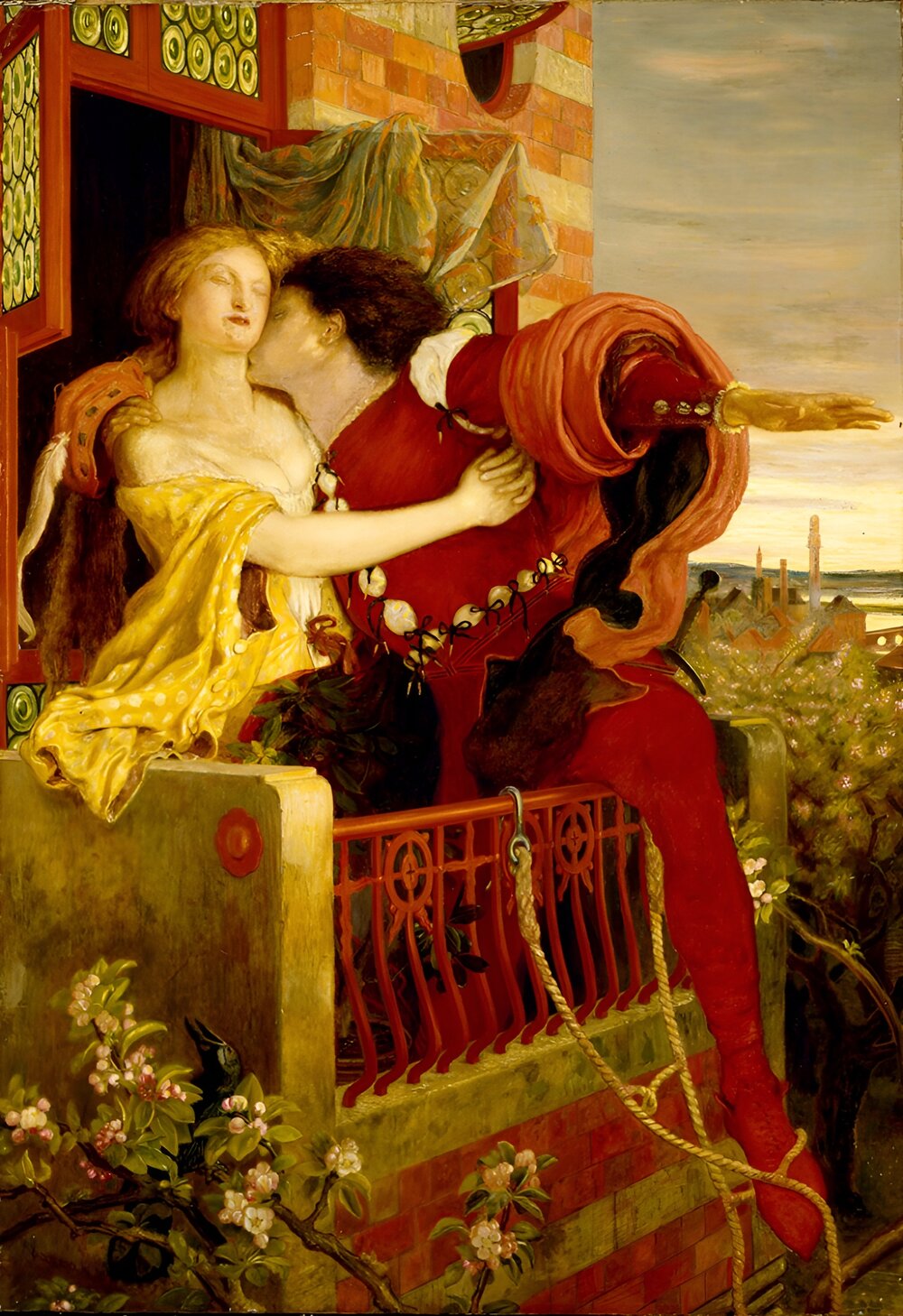
Soul meets soul on lovers’ lips.
—Percy Bysshe Shelley.
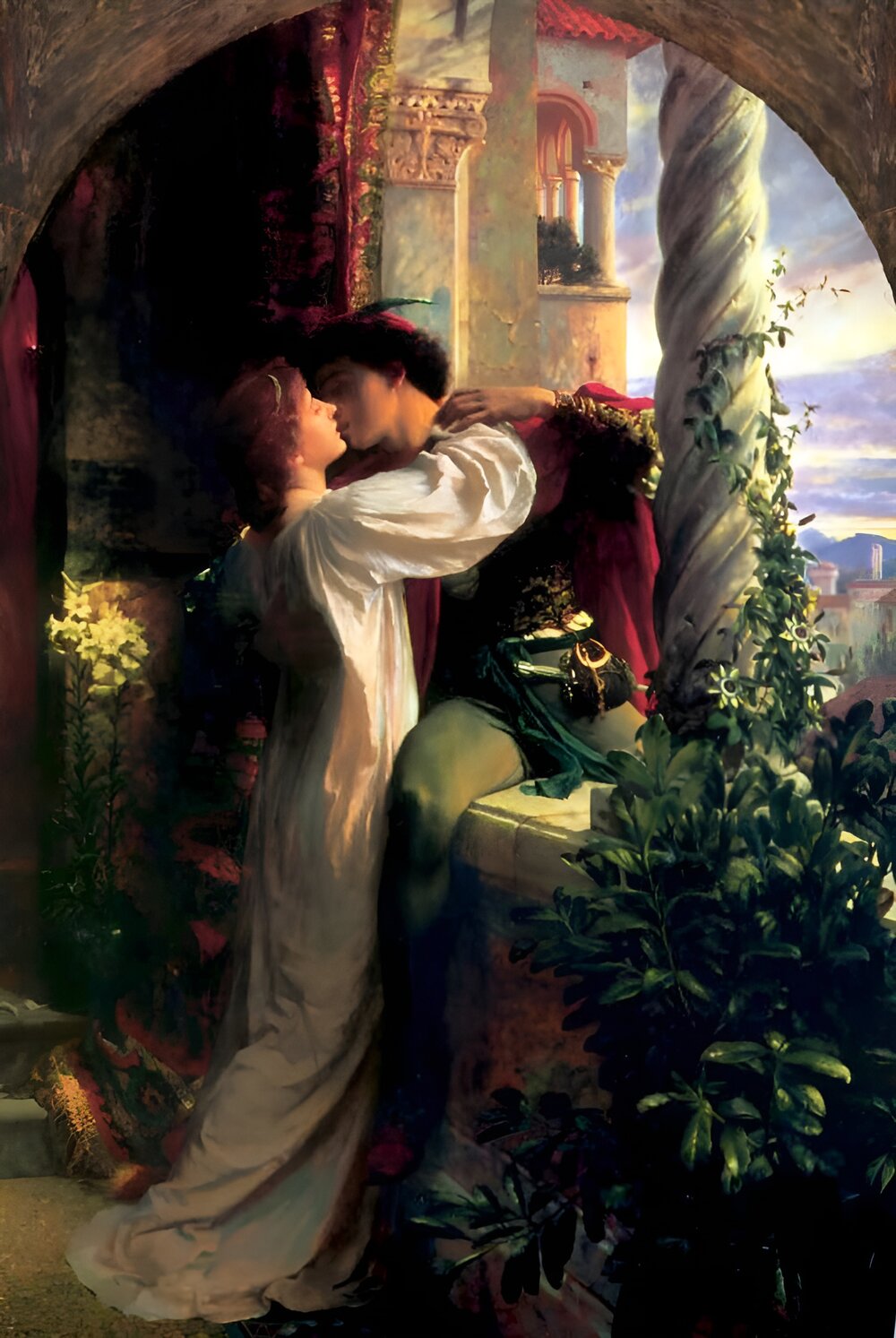
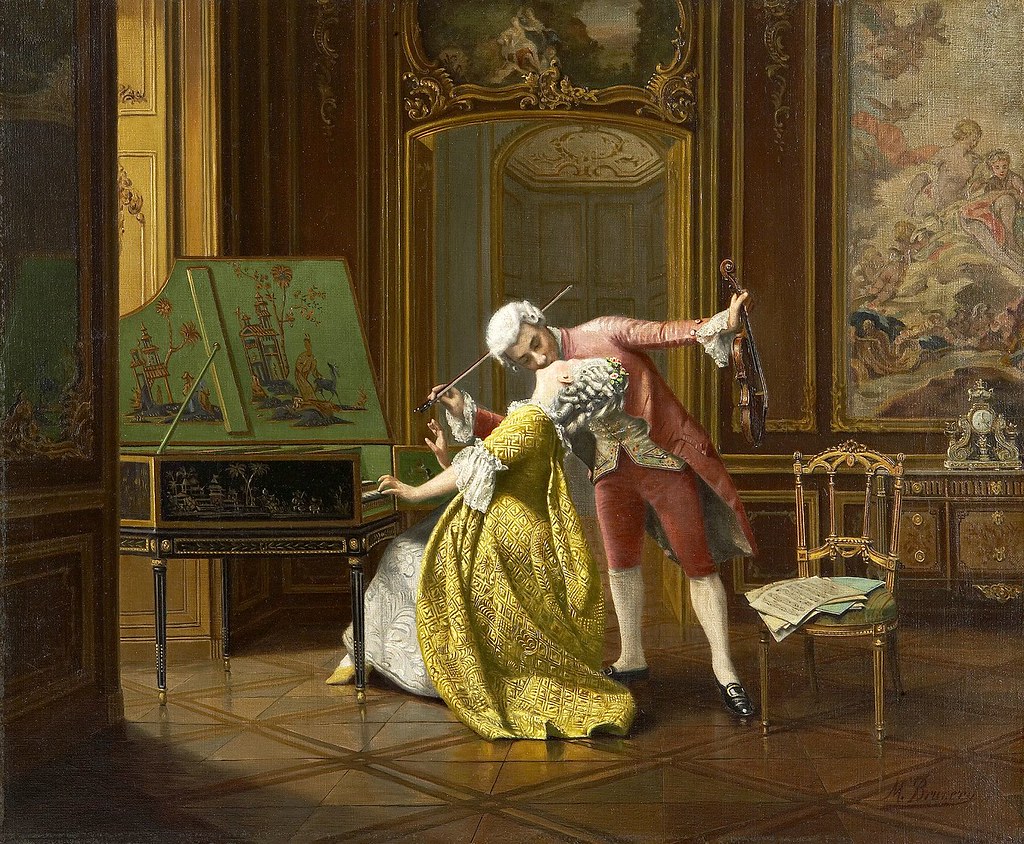
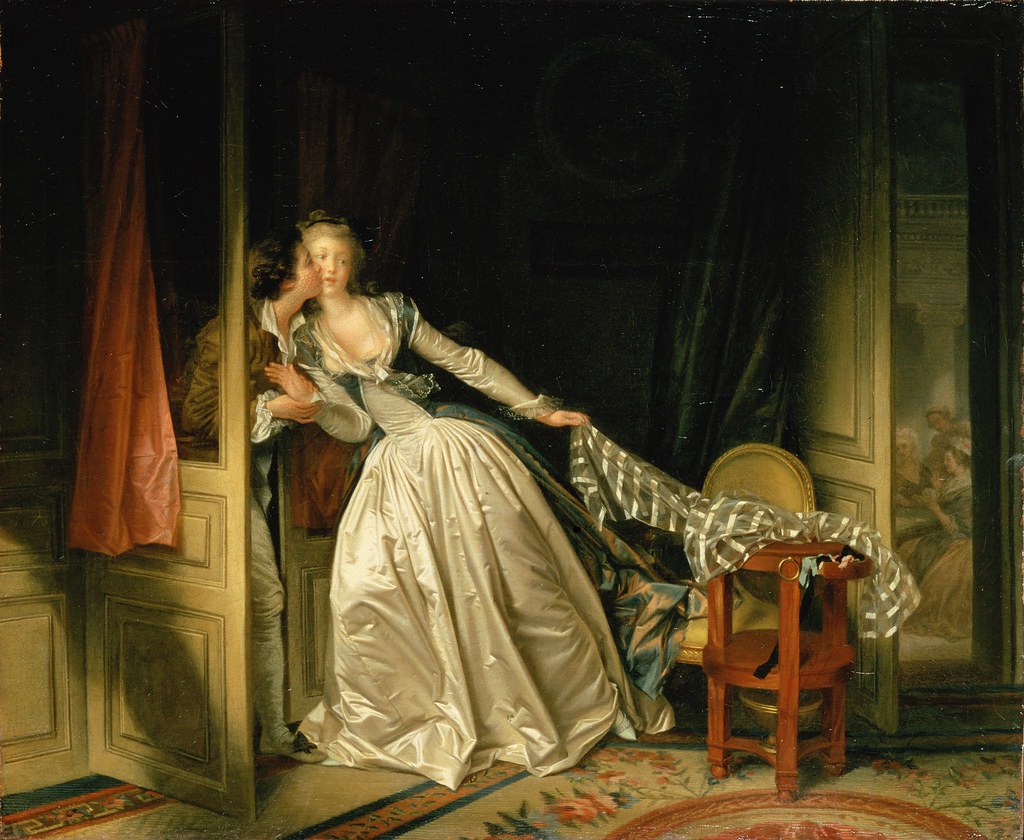

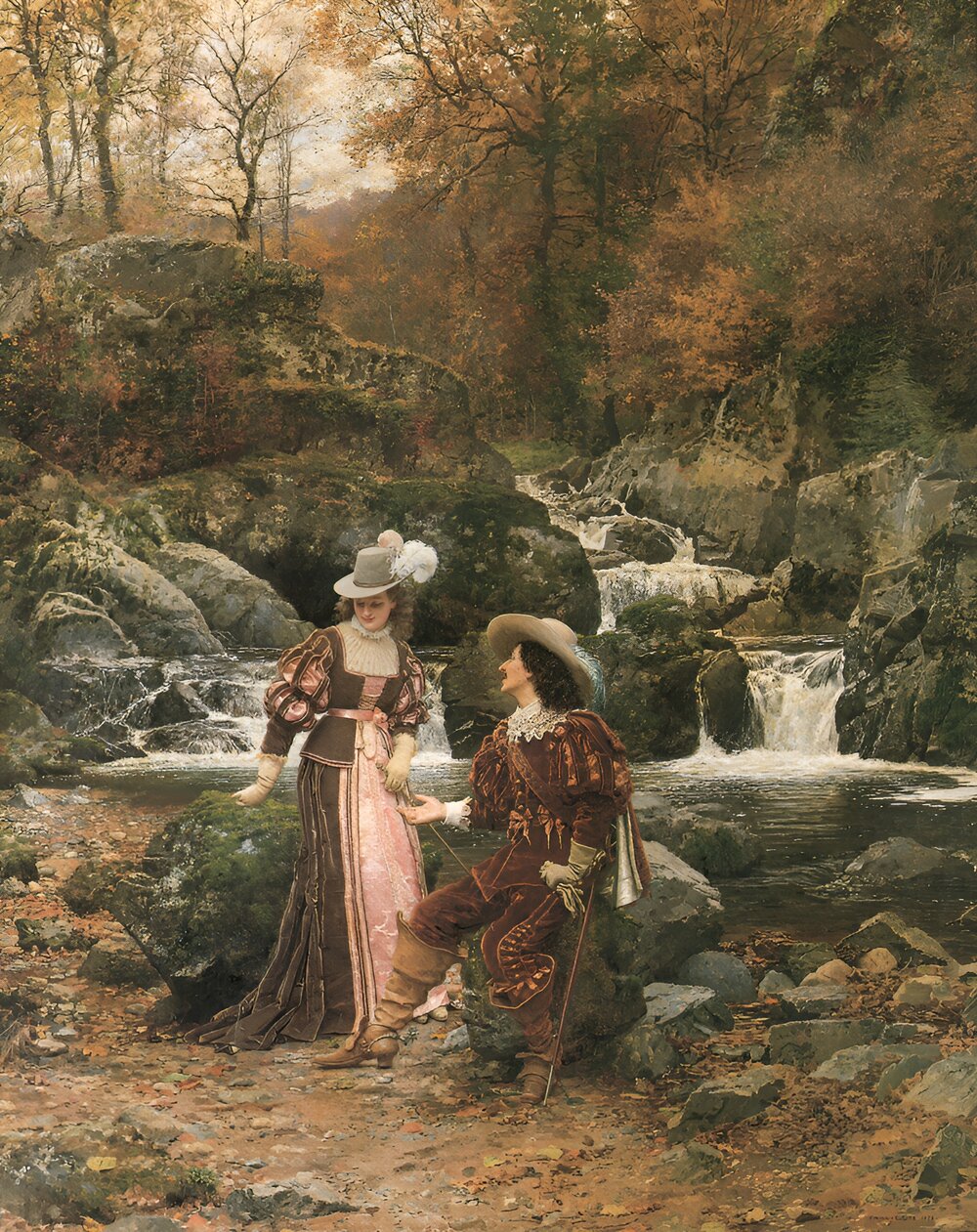
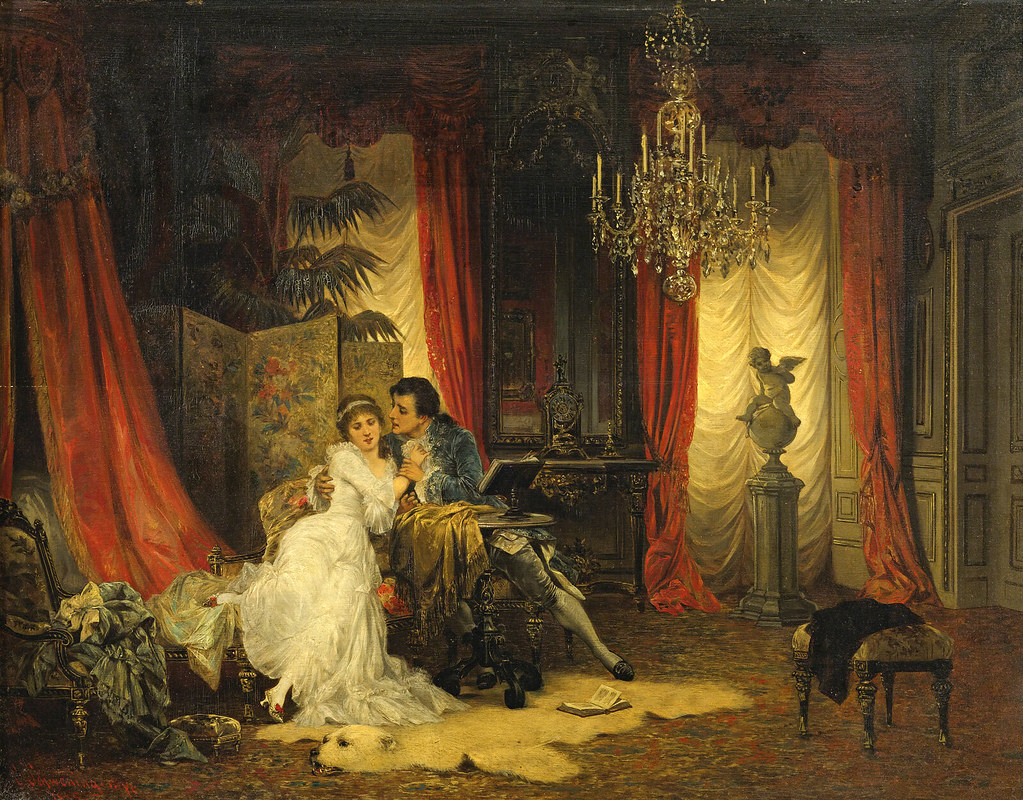

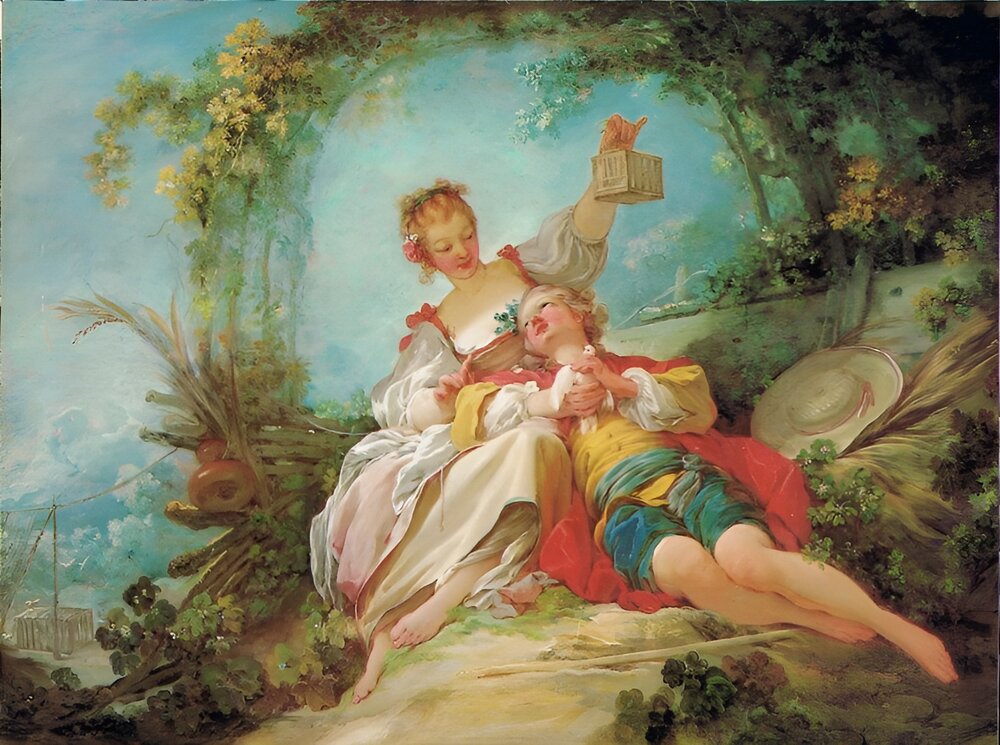
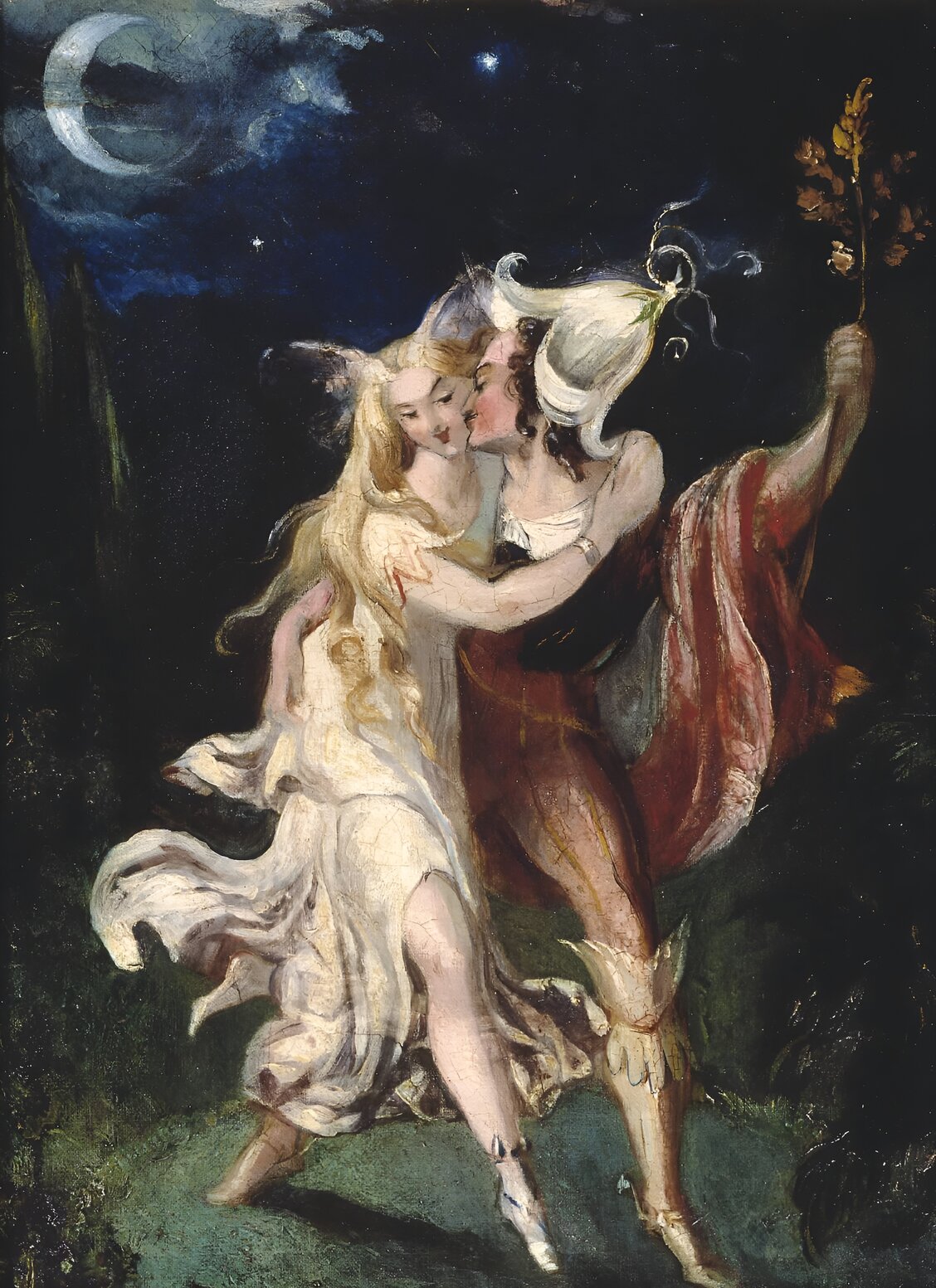
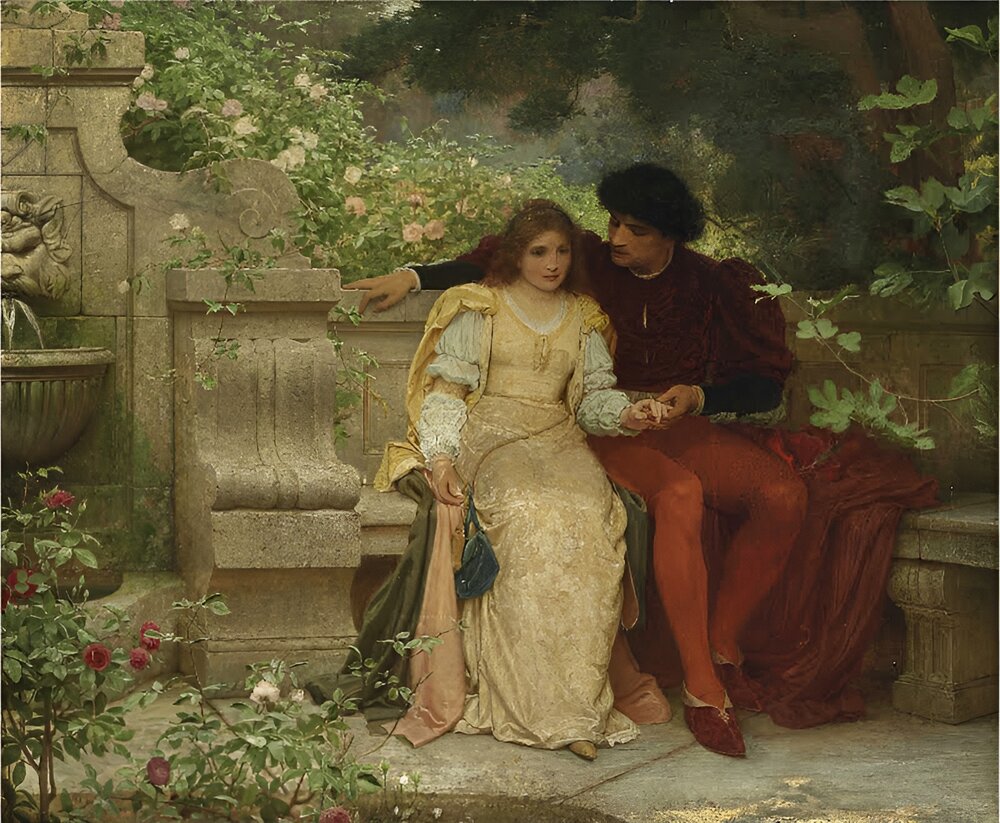


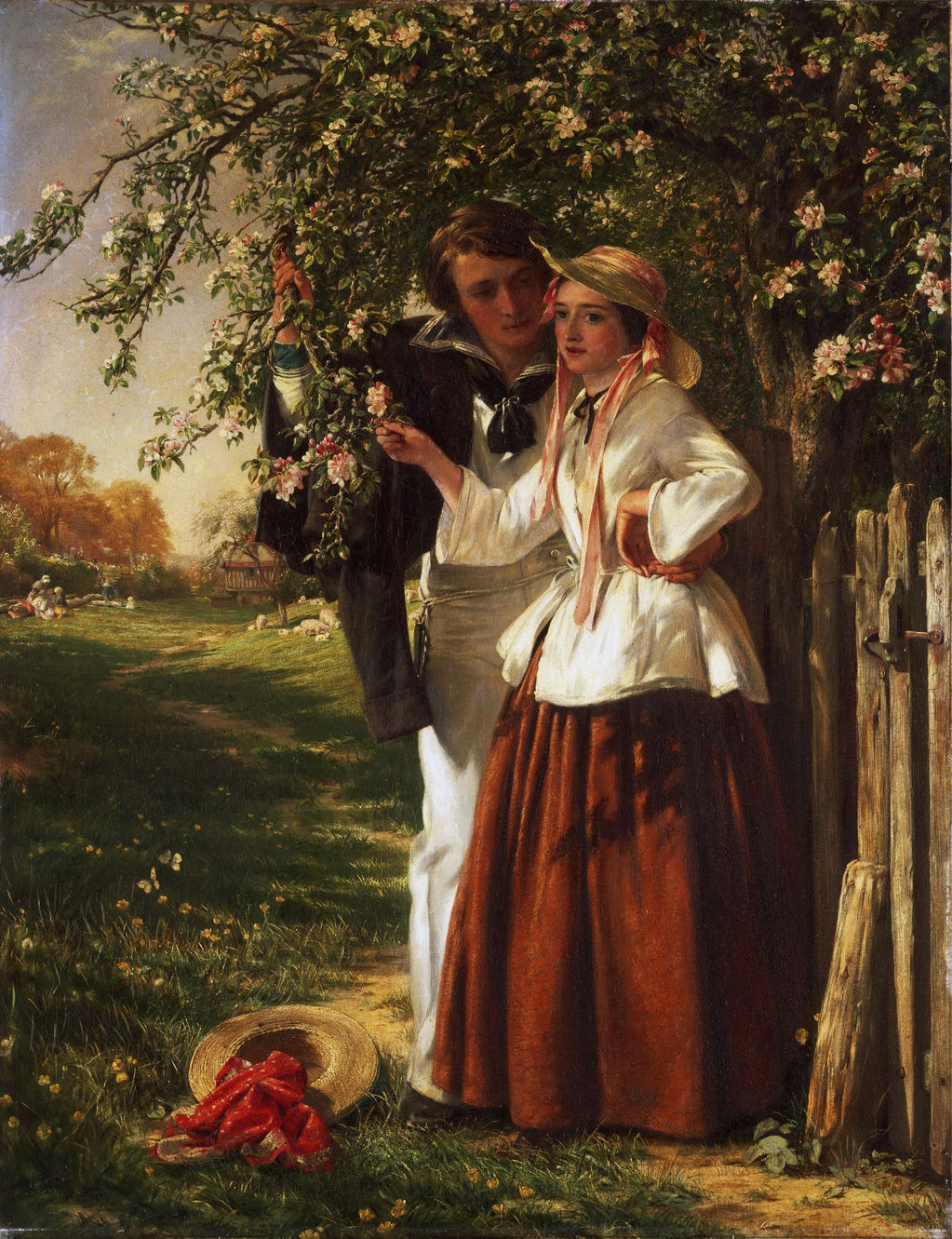


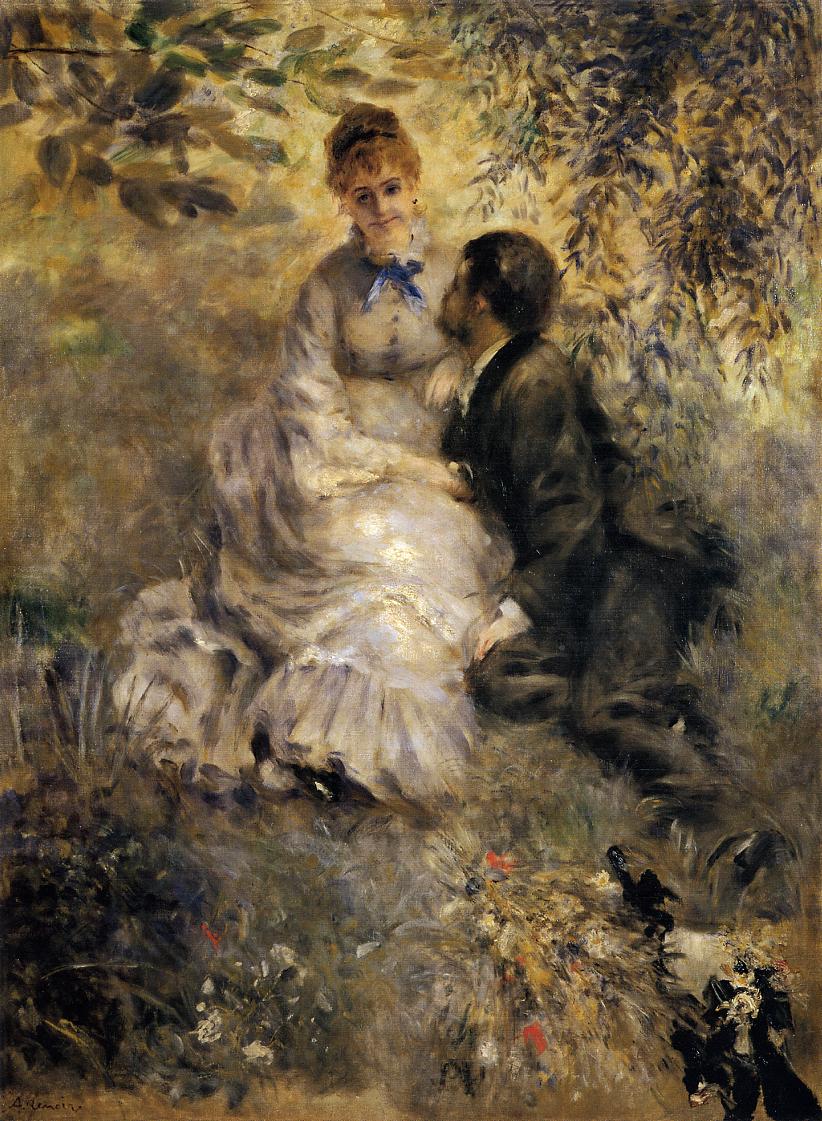
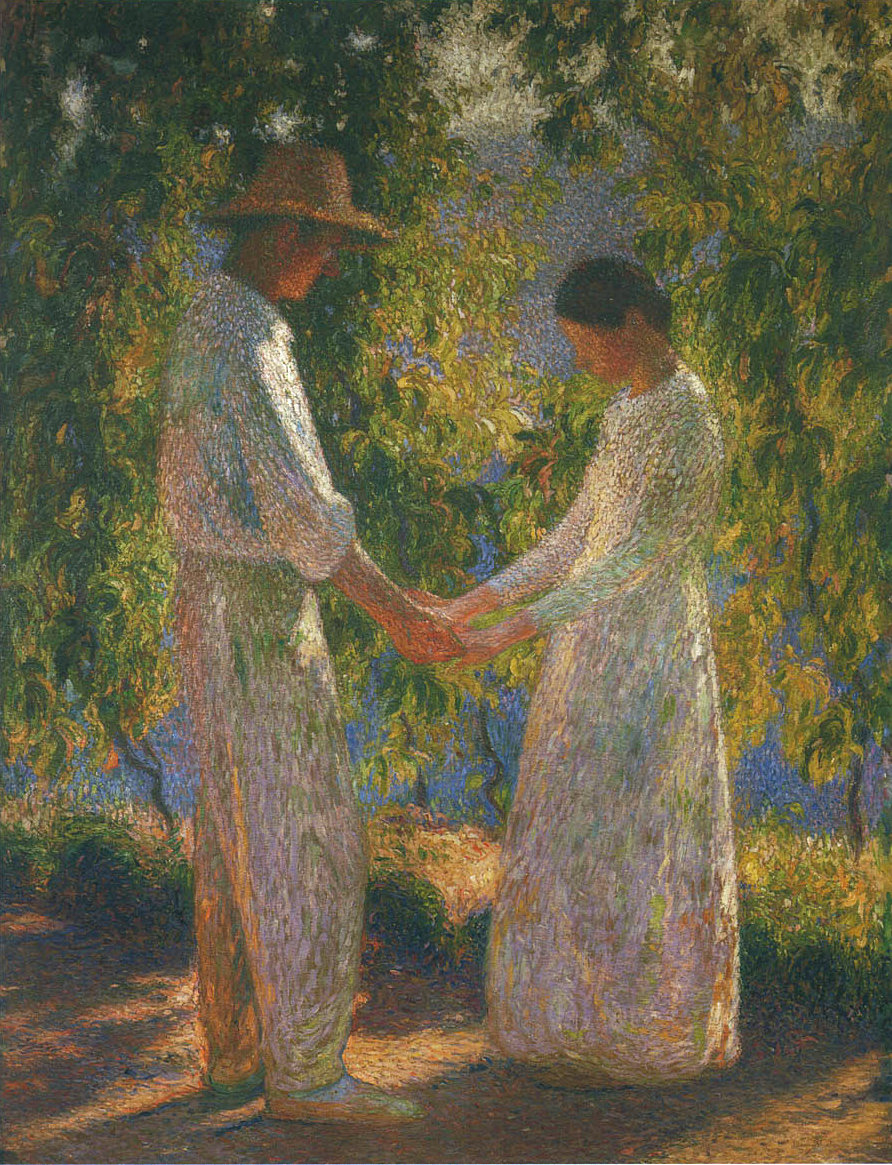
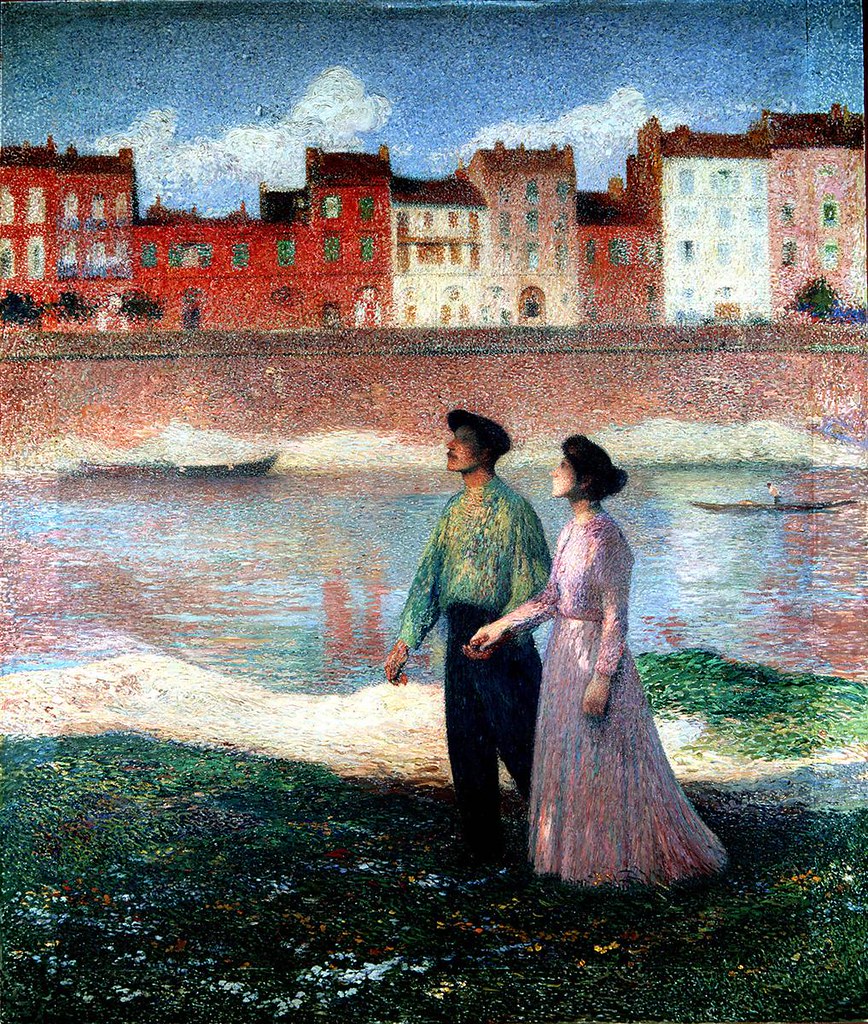
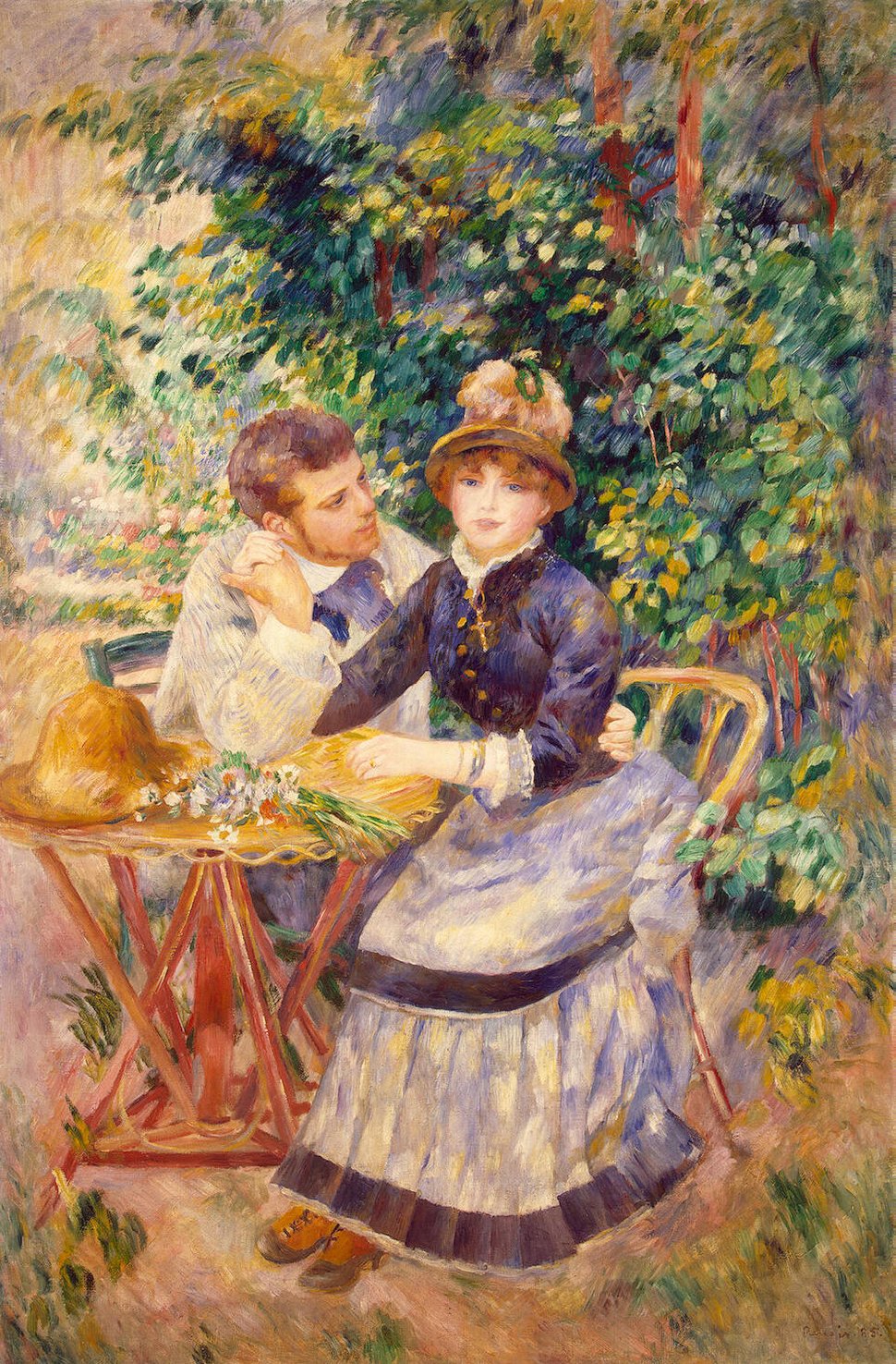

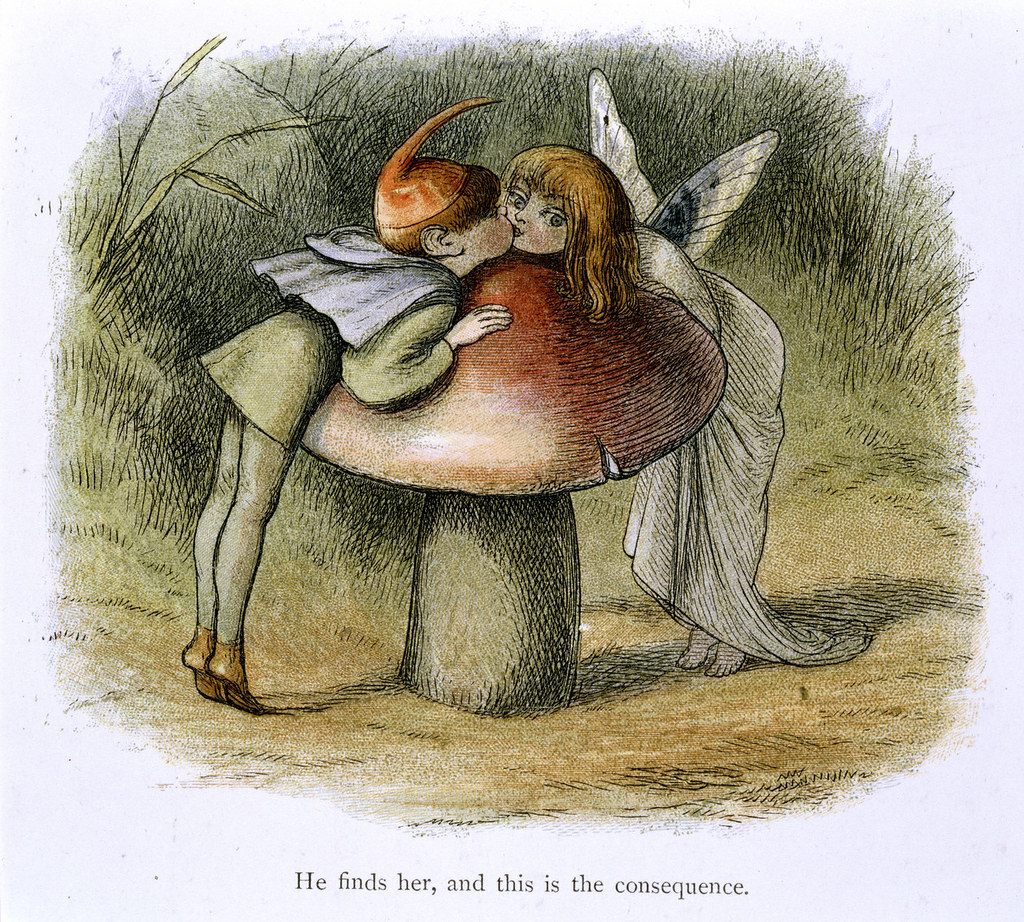
Now a soft kiss – Aye, by that kiss, I vow an endless bliss.
—John Keats.
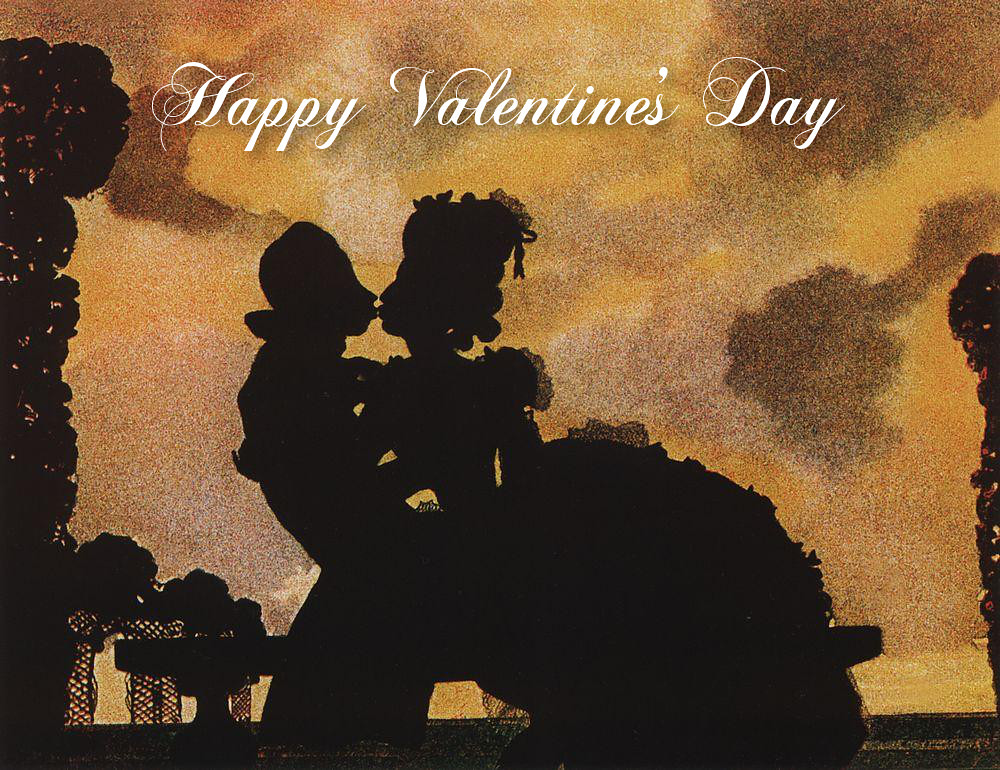
For Your Listening Pleasure
These suggestions connect you with Amazon and contain Affiliate links, which means we may earn a small commission from qualifying purchases. Thanks for supporting our work.
Henri Mancini
Love Theme from Romeo and Juliet by André Rieu.
